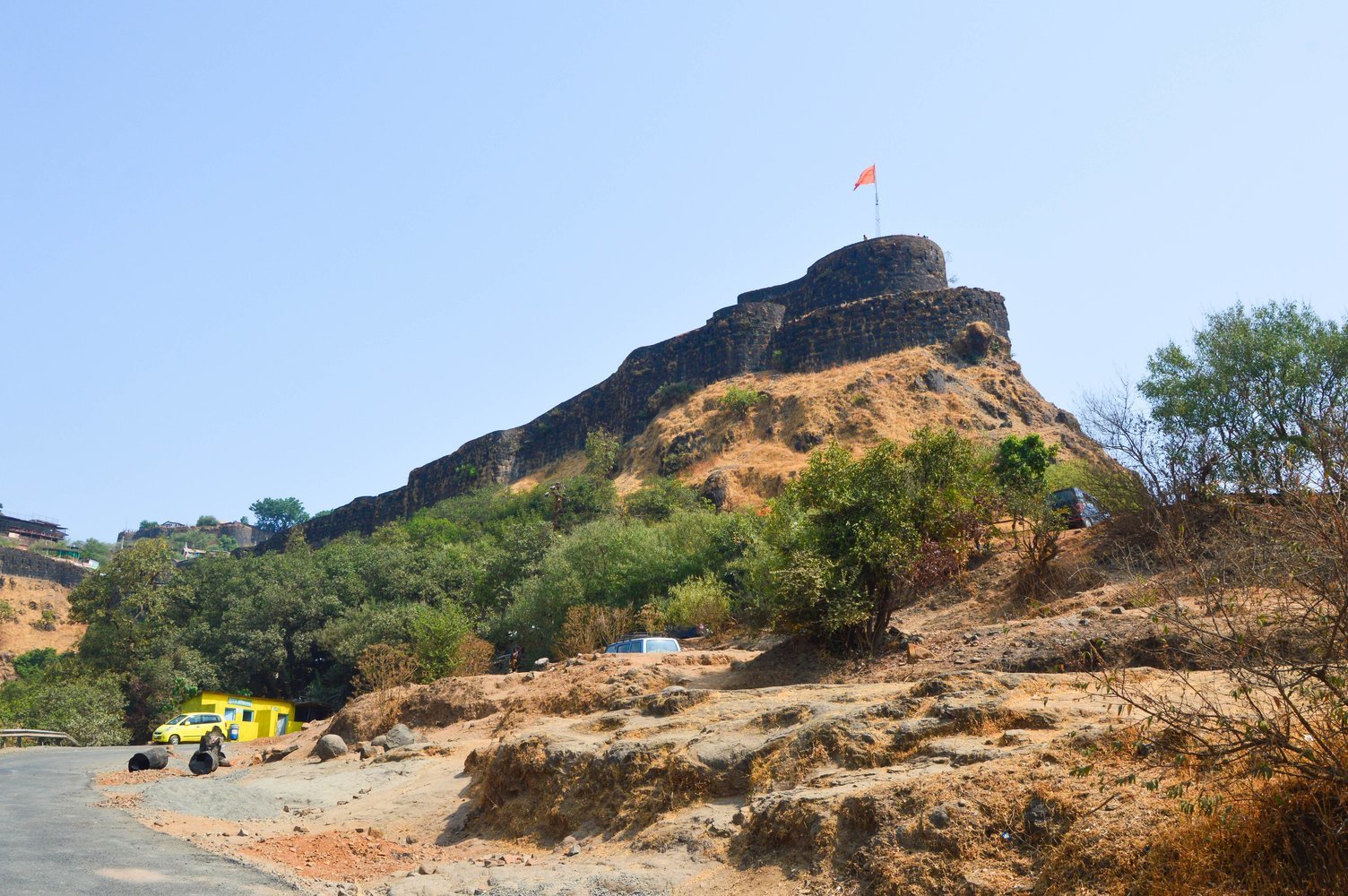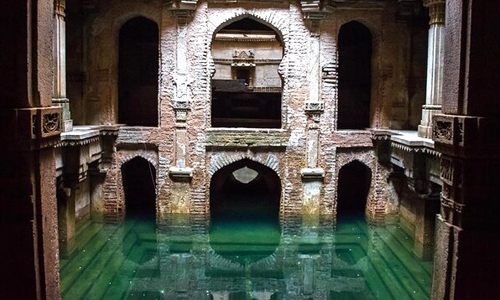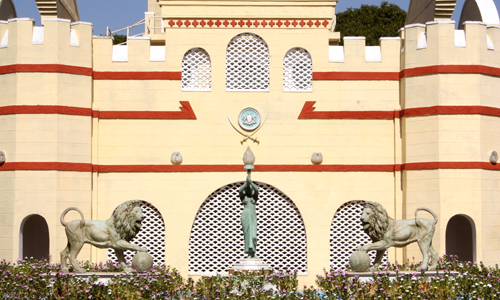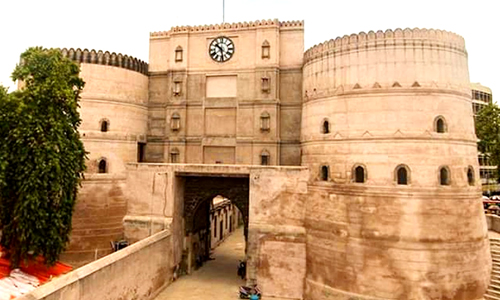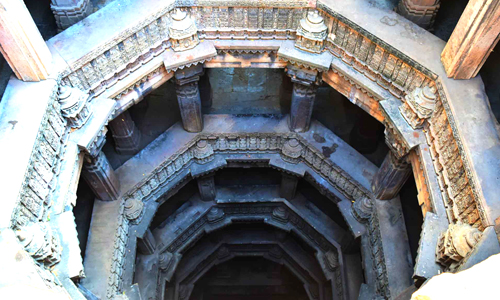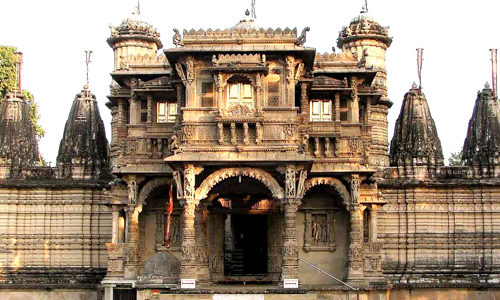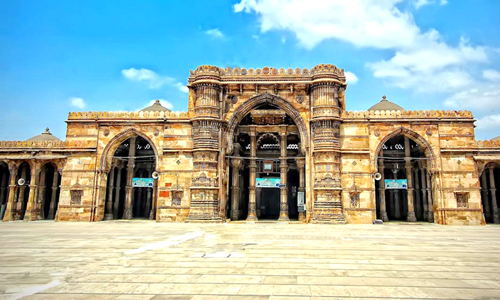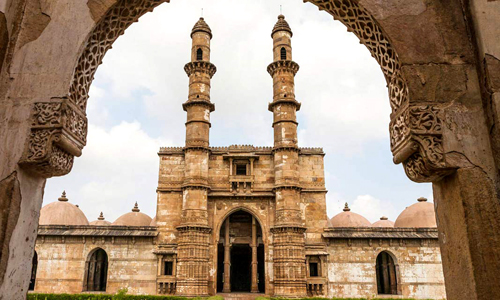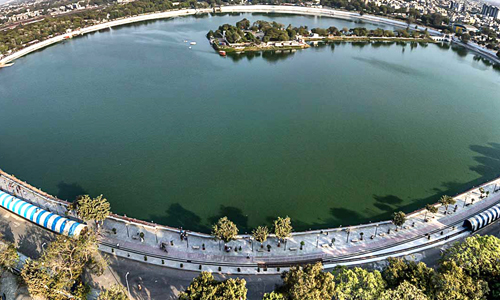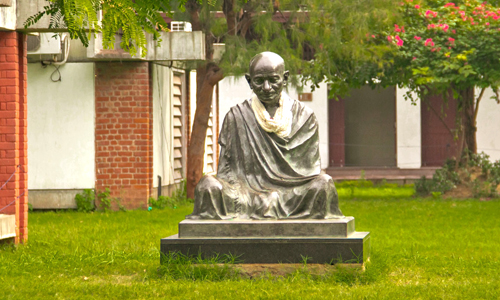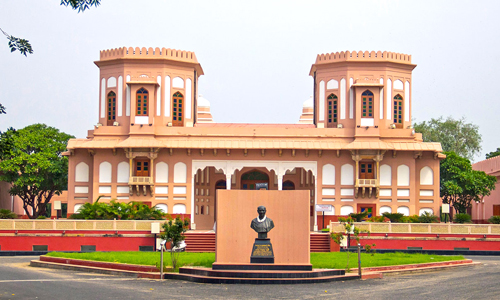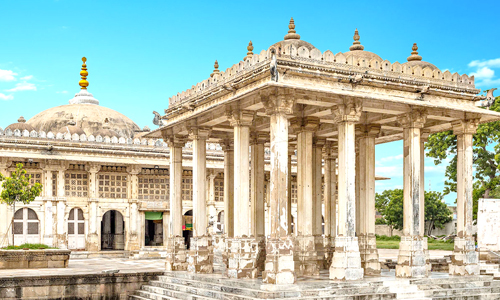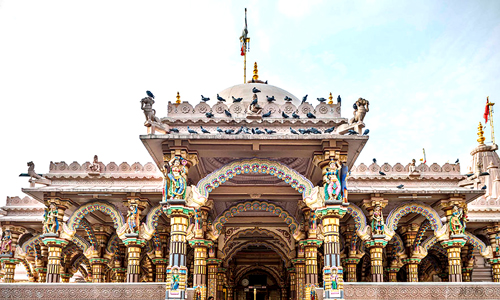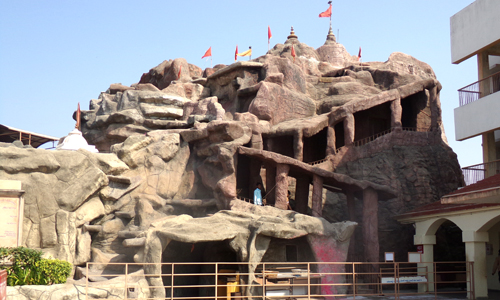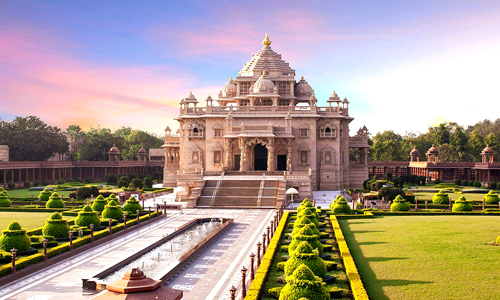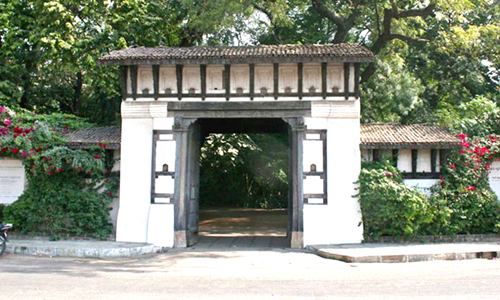The Sidi Saiyyed Jali Mosque is famous for its beautiful Jali windows. It resembles spider webs and shows the "tree of life" branches merging. The best place to see these windows is from the road along the back of the mosque.
The mosque's central arch doesn't have any elaborate latticework either, so the focus is on the most beautiful piece on the back wall. People can still go to the mosque to pray. It is a place worth exploring among the places to visit in Ahmedabad.
Brief history
Sidi Saiyyed built the mosque between 1572 to 1573 AD. It is also famous as Sidi Sayed ni Jali. In the same year, the Mughals took over Gujarat. Sayed was an African saint from Abyssinia who fought in Ahmed Shah's army. He was from a group of people who have their customs and looks and still live in some parts of Gujarat today.
What type of tree is in Sidi Saiyyed Jali Mosque?
The work on the Tree of Life in the Sidi Saeed mosque is different. If you look closely, the red sandstone trellis shows the shape of a beautiful banyan tree with its branches wrapped around a date palm tree. The carving looks good and has a meaning.
What is the Sidi Saiyyed Jali Mosque's stone screen?
People came to see the Jaalis (Sidi Saiyad Ni Jali), the complex latticework on the mosque's windows. The famous Jali work on the screen in the Sidi Saiyyed Mosque draws people there.
Why is Jali Mosque famous?
People love the mosque for the ten beautiful stone lattice work windows, or Jalis, on the side and back arches. The stone slabs have patterns carved into them. It looks like trees and plants tangled together with a palm leaf pattern. You must include the mosque during your Ahmedabad tour package.


